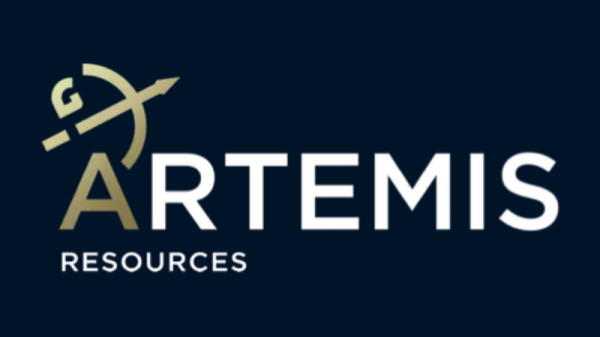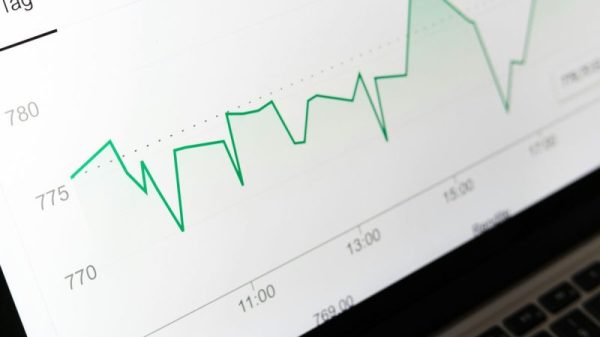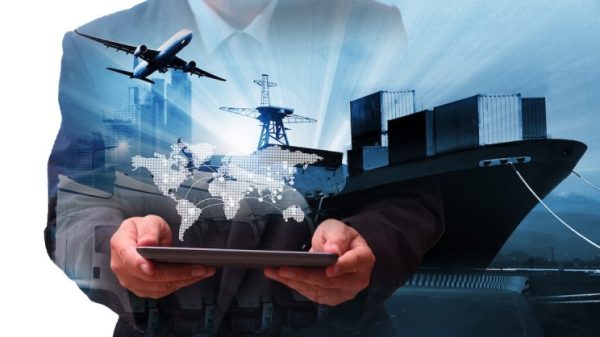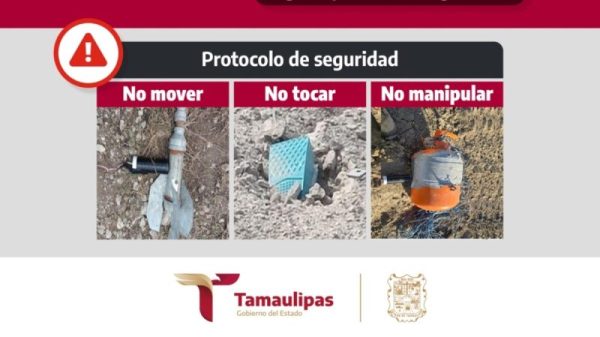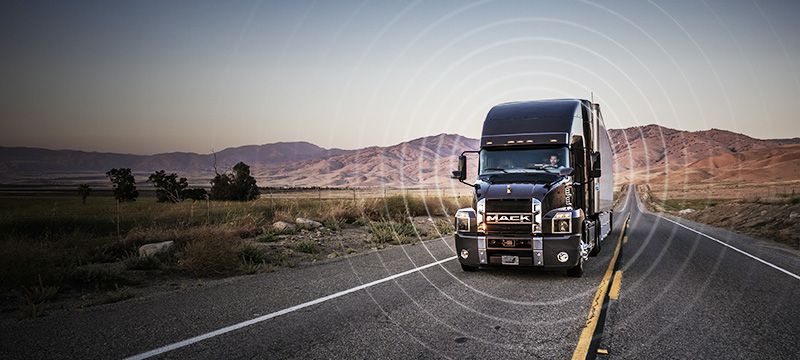The Internet of Things (IoT) has been a game-changer in countless industries, and one area where its impact has been particularly profound is in telematics. Telematics, the integration of telecommunications and informatics, is the technology behind vehicle tracking, monitoring, and management. With the infusion of IoT, telematics has undergone a remarkable transformation, providing enhanced capabilities and ushering in a new era of connected transportation and beyond.
Telematics: A Brief Overview
Telematics has been a critical component in industries such as fleet management, logistics, and automotive. It involves the use of sensors, GPS technology, and telecommunications to monitor and collect data about vehicles, their locations, driver behavior, and engine performance. Telematics systems use this data to offer valuable insights into vehicle operations, which can improve safety, efficiency, and reduce costs.
Traditionally, telematics systems were based on proprietary hardware and software, often limiting their scalability and adaptability. However, the incorporation of IoT has disrupted this landscape, offering a wide array of new possibilities.
The Role of IoT in Telematics
IoT is the natural evolution of telematics, bringing connectivity, scalability, and intelligence to vehicle tracking and management. By incorporating a wide range of IoT devices and connectivity options, telematics applications have become more versatile and valuable. Here are some key ways in which IoT is transforming telematics:
1. Real-time Data
IoT-enabled telematics systems provide real-time data on vehicle location, speed, and status. This information is critical for monitoring fleets, responding to emergencies, and improving operational efficiency.
2. Remote Diagnostics
IoT sensors can continuously monitor a vehicle’s health and performance. When anomalies are detected, such as engine issues or low tire pressure, the system can alert the driver or fleet manager in real-time. This early diagnosis prevents breakdowns, reduces maintenance costs, and keeps vehicles on the road.
3. Predictive Maintenance
Predictive maintenance is one of the significant advantages of IoT-enabled telematics. By analyzing data from various sensors and the vehicle’s performance history, the system can predict when maintenance is needed. This ensures that maintenance is performed exactly when it’s required, reducing downtime and saving costs.
4. Driver Behavior Monitoring
IoT-powered telematics can monitor driver behavior, promoting safer driving practices. The system can track speed, acceleration, braking, and other behaviors, providing data that can be used for training and safety improvement. This not only reduces accidents but also lowers insurance premiums.
5. Fuel Efficiency
IoT telematics systems can monitor fuel consumption and provide insights into improving fuel efficiency. This is crucial for fleet management, as even a small increase in fuel efficiency can result in substantial cost savings.
6. Route Optimization
By analyzing traffic and road conditions in real-time, telematics systems can optimize routes for vehicles. This reduces travel time, lowers fuel consumption, and improves delivery times.
7. Asset Tracking
IoT telematics goes beyond just vehicles. It can also track valuable assets and cargo, ensuring their safety and security during transport.
8. Compliance and Reporting
Telematics systems are essential for compliance with regulatory requirements. IoT technology simplifies reporting and record-keeping, helping businesses meet their obligations more efficiently.
Telematics in Various Industries
The applications of IoT-powered telematics extend beyond the traditional fleet management and automotive sectors. Here’s how it is making a difference in various industries:
1. Logistics and Transportation
The logistics industry has been one of the primary beneficiaries of IoT-enabled telematics. Real-time tracking and data analysis help logistics companies streamline their operations, optimize routes, and enhance customer service.
2. Construction and Heavy Equipment
IoT telematics is being used to monitor the health and usage of construction equipment. This ensures that machines are maintained promptly, reducing downtime and improving productivity.
3. Agriculture
IoT telematics solutions are used in agriculture for tracking farm equipment, monitoring soil conditions, and optimizing crop management. This data-driven approach improves crop yields and resource utilization.
4. Healthcare
In healthcare, IoT-enabled telematics is used for patient transportation and the delivery of medical supplies. It ensures timely and secure transportation, which is crucial in healthcare settings.
5. Public Transportation
Public transportation systems use IoT telematics to improve the efficiency of bus and train services. Real-time tracking allows passengers to plan their journeys more effectively.
Challenges and Considerations
While the integration of IoT into telematics brings numerous benefits, it also presents challenges and considerations:
1. Data Security
IoT telematics systems collect vast amounts of data, including sensitive information about vehicle locations and driver behavior. Protecting this data from cyber threats and unauthorized access is of paramount importance.
2. Standardization
IoT telematics solutions must adhere to common standards and protocols to ensure interoperability and compatibility across devices and systems.
3. Privacy
Users and drivers should have control over their data. Transparency in data usage and privacy policies is crucial.
4. Cost
While the long-term benefits of IoT telematics are significant, the initial cost of implementing the technology can be a barrier for some businesses, particularly small ones.
The Future of IoT in Telematics
As technology continues to evolve, the future of IoT in telematics looks promising. Here are some trends and developments to watch for:
1. Enhanced Connectivity
The rollout of 5G networks will provide faster and more reliable connectivity for IoT devices, enabling even more real-time data transmission and analysis.
2. Autonomous Vehicles
IoT-enabled telematics is a critical component in the development of autonomous vehicles. These vehicles rely on a multitude of sensors and data streams for navigation and decision-making.
3. Smart Cities Integration
IoT telematics will become an integral part of smart city initiatives, improving traffic management, reducing congestion, and enhancing urban transportation.
4. Advanced Analytics
The future of IoT in telematics will feature more advanced analytics, including machine learning and AI, to gain deeper insights and make predictive recommendations.
Conclusion
IoT has revolutionized the telematics industry, transforming the way vehicles are tracked, managed, and maintained. The integration of IoT into telematics systems provides real-time data, predictive maintenance, and insights into driver behavior, among many other benefits.
As the technology continues to advance, IoT in telematics will play a crucial role in making transportation safer, more efficient, and more sustainable. Challenges related to data security, standardization, and privacy must be addressed to ensure that the benefits of IoT telematics are fully realized. In the coming years, IoT-powered telematics will continue to drive innovation in transportation and numerous other industries, making our world more connected and efficient.
The post IoT for Telematics Applications: Transforming Transportation and Beyond appeared first on IoT Business News.


